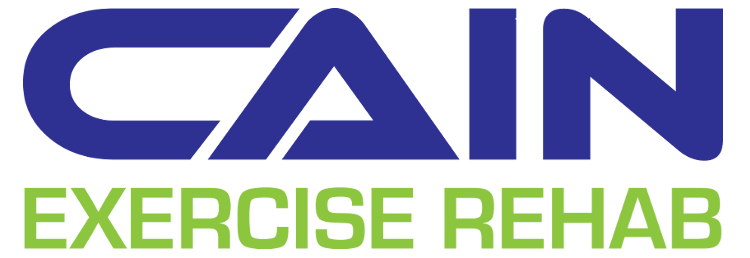In Canada, 1 in 5 individuals struggle with chronic lower back pain and, tragically, this condition is mistreated on a worldwide scale.
This being said, one of the most important tools we have in addressing this crisis is not in the techniques and machines at our disposal; rather, it's the knowledge and education on the nature of back pain itself. Here is a list of need-to-knows for your pain.
This being said, one of the most important tools we have in addressing this crisis is not in the techniques and machines at our disposal; rather, it's the knowledge and education on the nature of back pain itself. Here is a list of need-to-knows for your pain.
Imaging Often Gives Inaccurate Pain Diagnoses
A lot of people are sent straight to the x-ray lab upon seeing the doctor about their back pain. Unfortunately, the results of imaging often do not reflect the actual nature of their problem and can sometimes even make the problem worse.
Asymptomatic individuals have a high rate of having abnormal findings on their scans. This suggests that the actual cause of pain isn't necessarily the physical structure of the spine, shifting our need to focus on something other than just decompression and surgeries. Which leads us to...
Your Nervous System Is The Likely Culprit
Tissue heals. Muscle repairs. Bones regrow. But pain does not always go away, even after the body itself has otherwise bounced back.
The nervous system, itself, can runaway from us, releasing and propagating nerve signals once the initial injury or stimulus triggers them. And no, this does not mean that the pain is in your head; it means that the nervous system, while being integrated with the body's other systems, is still it's own entity that must be treated as well.
Flexibility Probably Isn't The Key
A lot of people assume that their persistent back pain is caused by "just being tight" and attempt to resolve the problem through an aggressive stretching routine. True, while yoga is suggested to offer some benefits in relieving back pain, the actual relationship between lack of flexibility and pain is comparable to that of the x-ray findings.
This is especially good to know for when it comes to those who attempt to fix their pain through aggressive self-massage. Sometimes, a lack of flexibility is there for a reason, and releasing a muscle too much could actually result in more pain.
This might tell us that the yoga benefits are more to do with the strength and postural control than anything regarding muscle lengthening, giving us a place to productively start looking for solutions.










